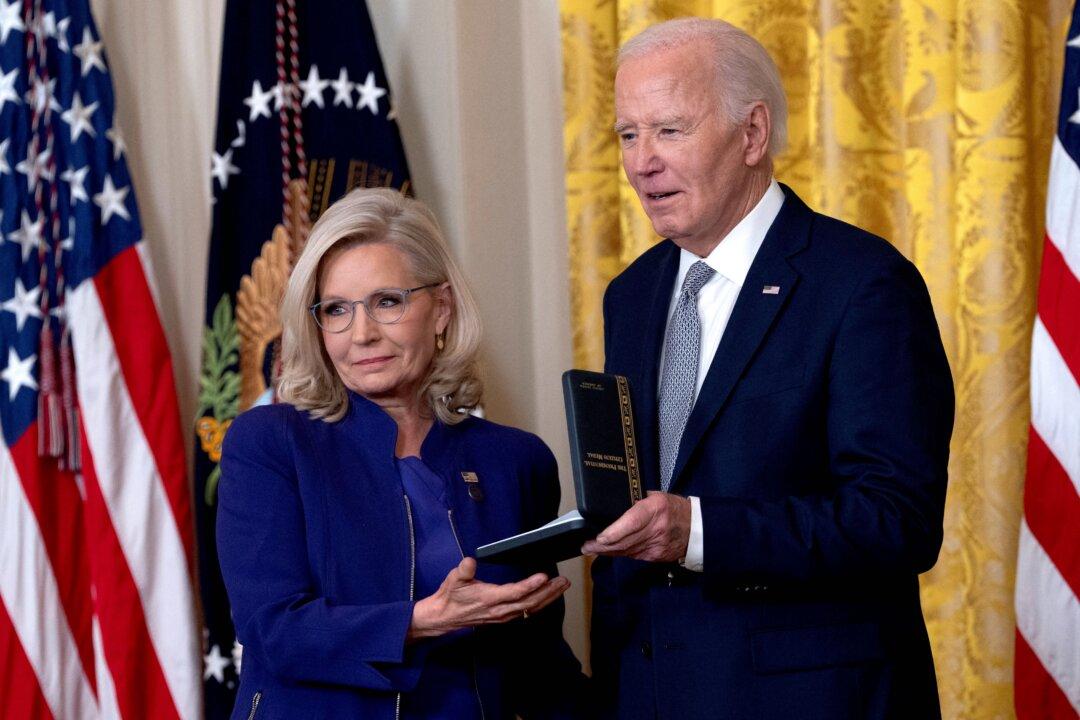After days of speculation, New York lawmakers on Feb. 28 approved a new congressional map, ending a three-year legal battle over the district lines—or, perhaps, kicking off another round of litigation.
The new maps passed the Senate in a 45-17 vote and the Assembly by a 150-33 tally—largely along partisan lines.






